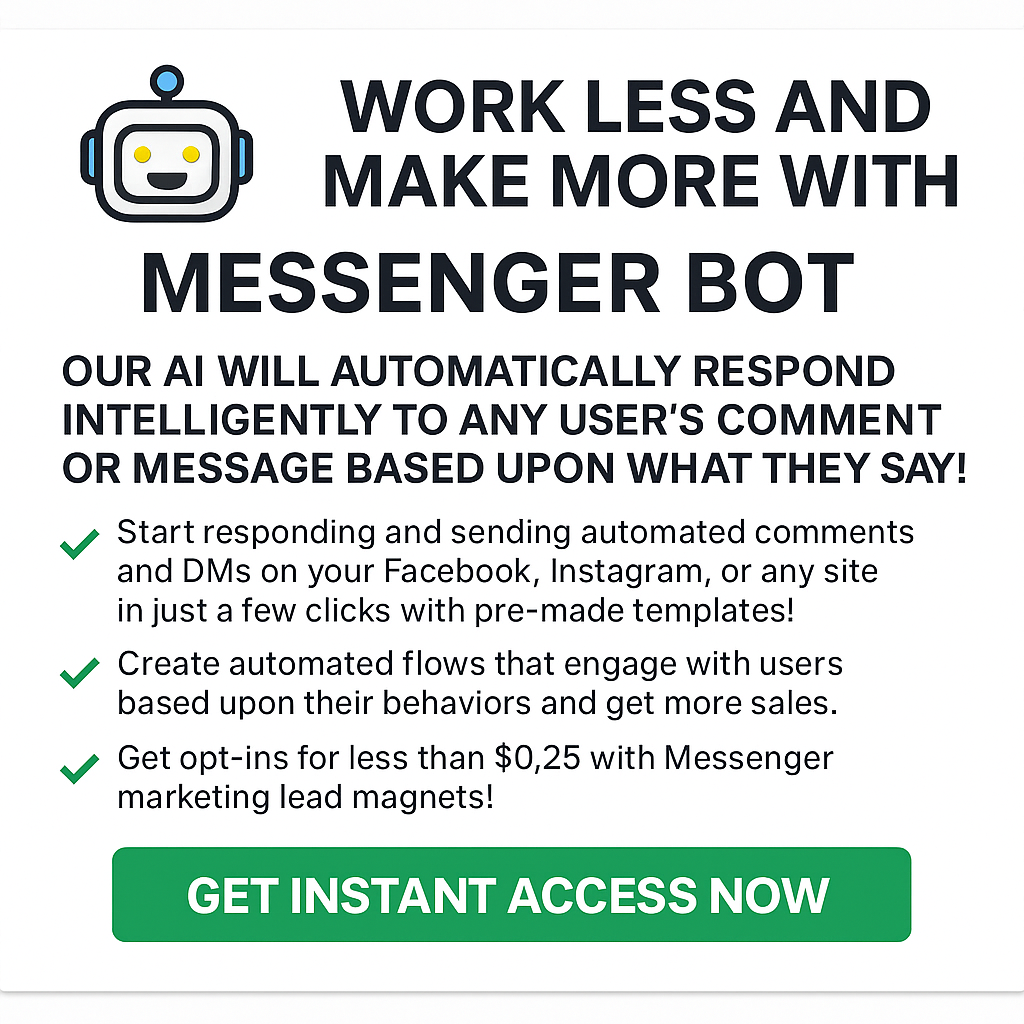In an increasingly interconnected world, the quest for seamless communication has led to the revolutionary rise of multilingual messenger bots—a vast digital bridge transcending language barriers. Imagine a world where your message can instantly bloom into a myriad of languages, where every digital interaction is a chorus of diverse linguistic melodies. Have you ever pondered over the magic of infusing your chatbot with the power of multiple tongues? Or contemplated whether a message rooted in cultural diversity resonates more profoundly with multilingual users? Whether you’re a business reaching out to a global audience, an innovator looking to harness the power of translation through artificial intelligence, or simply curious about the linguistic wizardry of chatbots, this article intends to be your compass. We’ll navigate the fascinating realms of multilingual chatbots, decoding their internal workings, their appeal to polyglot users, and the boundless possibilities they offer in bridging conversations worldwide. Join us as we delve into a future where language is no longer a barrier but a gateway to global unity.
How do I make my chatbot multilingual?
Understanding your audience’s language preferences is crucial when looking to enhance customer experience. To make your chatbot multilingual, follow these steps:
- Identify the languages your target audience speaks.
- Use a chatbot platform, like ours, that supports multiple languages.
- Implement NLP (Natural Language Processing) for seamless language detection and translation.
- Regularly update the bot with new languages and cultural nuances to stay relevant.
Making your chatbot multilingual starts by using a platform that not only promises intelligent automatic responses but also offers the flexibility to handle multiple languages with ease. By leveraging our AI-driven technology, you can detect the user’s language and deliver responses in the same language, ensuring the conversation is as natural and as engaging as possible. This boosts the user experience, taking customer interaction to new heights.
Do multilingual users prefer chatbots that code mix?
Code-mixing refers to the blending of two or more languages within a conversation, which can reflect the user’s everyday communication habits.
Here’s why this could be beneficial:
- It enhances user comfort by allowing conversations that reflect their natural speech patterns.
- Code-mixing could increase the engagement rates as users find the chatbot more relatable.
- It shows cultural sensitivity and understanding.
Our chatbot is adept at understanding when to mix codes, not just switching between languages but also using them concurrently if necessary. This adaptation to the user’s linguistic style fosters a more personal connection and can distinguish your service in a crowded digital marketplace.
How can a multilingual chatbot help to reach a vast audience?
Here’s why a multilingual chatbot can be a game-changer for your reach:
- It opens doors to international markets without the barrier of language.
- Multilingual capabilities resonate with a diverse audience, promoting inclusivity.
- Expanding communication reach ensures that your message is understood globally.
By employing our multilingual messenger bot capabilities, you can effortlessly communicate with a global audience. This isn’t just about translating words, but also about understanding cultural contexts and idiomatic nuances, making interactions more meaningful and effective. Adopting a bot that operates in multiple languages transcends borders, leading to increased user trust and a stronger brand presence worldwide.
Can chatbot be used for translation?
Absolutely! Chatbots can be powerful tools for translation, serving as a bridge between you and your audience. Here’s how:
- They can instantly translate user input into the bot’s operating language and vice versa.
- Translation chatbots can provide real-time support to users in their preferred language.
- They enhance user experience by allowing seamless communication without language barriers.
With our advanced communication platform, the bot not only translates messages but also retains the context, tone, and cultural significance. This ensures messages are not just translated but also localized for maximum impact and clarity.
Can chatbot do other languages?
Yes, our chatbot is designed to handle an array of languages. Incorporating this functionality allows you to:
- Engage with users in their native language, offering a personalized touch.
- Ensure accuracy and relevance in responses thanks to context-aware translation features.
- Stay competitive by catering to a multilingual audience, a critical factor in today’s global economy.
We believe in the power of clear, personalized communication. Our platform’s multilingual capabilities ensure a wide language coverage, giving your bot the proficiency to cater to a diverse user base and connect on a deeper level.
How do multilingual chatbots work?
Multilingual chatbots are sophisticated tools. They are powered by:
- Advanced AI and machine learning algorithms that detect and process different languages.
- NLP technologies that understand language nuances.
- Contextual awareness to maintain the integrity of the conversation across languages.
Our multilingual chatbot utilizes these technologies to decode user input in various languages and respond appropriately. The bot adapts to the language used by the person it’s interacting with, offering seamless support and enhancing the overall customer experience. Facilitating effective cross-cultural communication, hence, becomes a valuable asset in your customer service and marketing arsenal.
Your journey towards an inclusive and extensive digital footprint starts here. Join us at Messenger Bot where efficiency meets innovation, aiding you in breaking the communication barriers. Take the first step towards global customer satisfaction by signing up for our free trial. Your audience awaits, so let’s converse without constraints!





